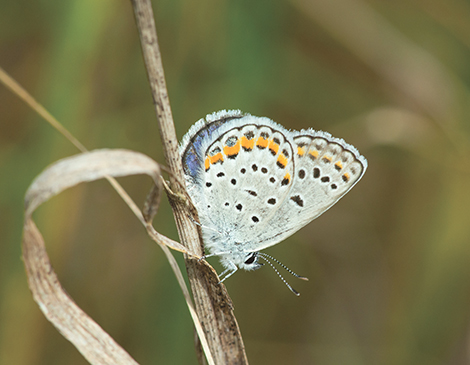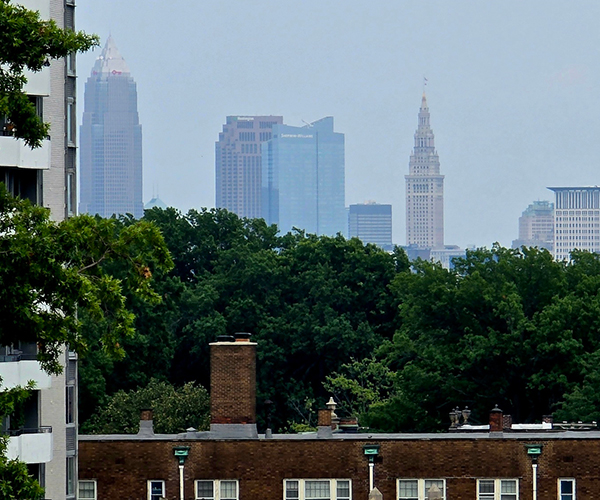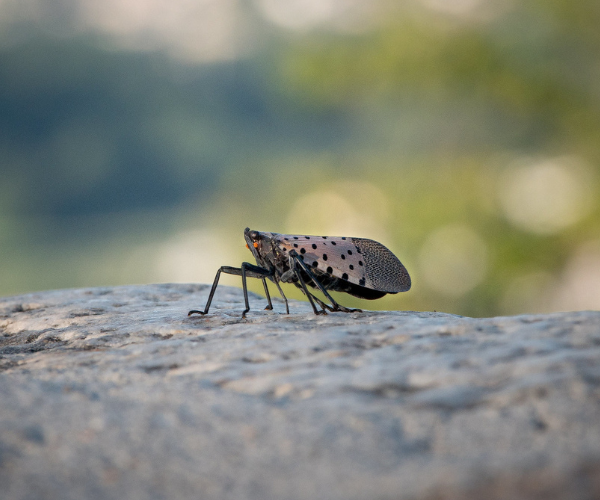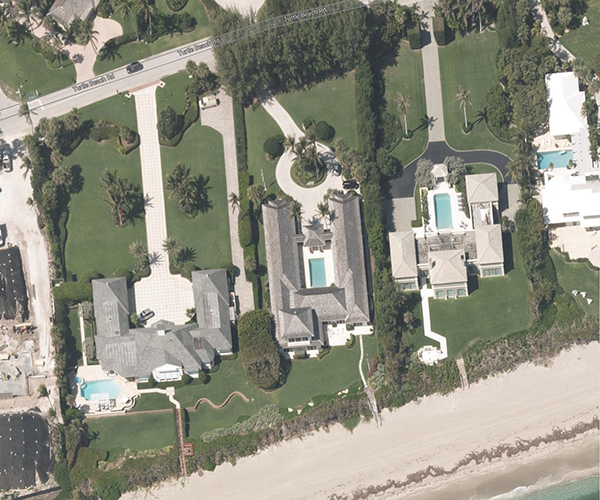In 1988, the Karner blue butterfly was declared extirpated in Ohio, meaning none of the butterflies could be found anywhere in the state. Four years later, it was added to the federal endangered species list.
The Karner — so named because it was first captured in 1861 in the town of the same name, near Albany, New York — has a wingspan of about an inch, two big breeding seasons, at the end of spring and in July, and a lifespan of a few weeks at the most. As larvae, they feed exclusively on blue lupine, a flowering plant that grows wild and is viewed as invasive in some states (although the species is native to Ohio). It’s in decline in the Buckeye state, and as a result, the butterflies are too.
RELATED: Swarms of Mayflies and Midges Can Appear on National Weather Service Radar
“A lot of grasslands have been degraded with urban sprawl,” says Moni Bowman Bell, a wildlife communications specialist for the Ohio Division of Wildlife in Akron, “and a lot of people don’t like wildflowers.”
Efforts have been made to reintroduce the butterfly to Ohio since 1998, five years before the U.S. Fish and Wildlife Service made national plans to do so — predominantly in Northwest Ohio, at the Kitty Todd Preserve in Swanton and the Toledo Zoo, among other places.
For more updates about Cleveland, sign up for our Cleveland Magazine Daily newsletter, delivered to your inbox six times a week.
Cleveland Magazine is also available in print, publishing 12 times a year with immersive features, helpful guides and beautiful photography and design.




